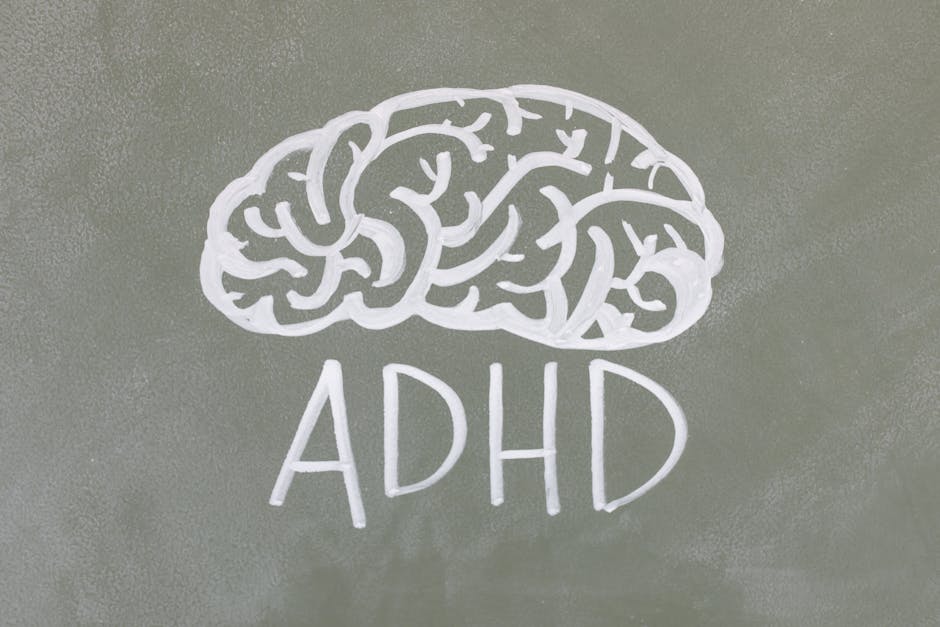
Imagine you’re watching a video of people passing a basketball. Your task is to count how many times the players in white shirts pass the ball. You’re focused, your eyes are fixed on the action, and you diligently tally each pass. Once the video ends, you confidently state your count. Then, someone asks, “Did you see the gorilla?” Often, the response is confusion, followed by disbelief when the video is replayed, revealing a person in a gorilla suit strolling casually through the scene, even stopping to beat their chest, entirely unnoticed the first time. This isn’t a trick of the eyes; it’s a profound demonstration of your brain’s sophisticated filtering system at work.
This phenomenon, widely known as inattentional blindness, highlights a crucial aspect of human psychology: our perception of reality is not a passive reception of sensory input. Instead, the brain actively constructs what we experience, selectively attending to some information while effectively deleting other details, even those that appear strikingly obvious in retrospect. It’s a remarkable testament to the constant, unseen work our cognitive processes undertake to manage the overwhelming stream of data from the world around us.
Consider the sheer volume of visual information assaulting your eyes at any given moment. Every color, shape, movement, and texture within your field of vision could potentially demand your attention. If your mind attempted to consciously process all of it simultaneously, it would quickly be paralyzed by sensory overload. To prevent this, the brain acts as a highly efficient editor, equipped with a powerful spotlight of attention that illuminates only a small fraction of the incoming data, pushing everything else into the shadows of unconscious processing.
This cognitive strategy is generally highly adaptive. It allows us to focus on what matters most for a given task or goal, enabling us to navigate complex environments, track conversations, or concentrate on specific details without distraction. For instance, when you’re searching for your keys, your brain prioritizes visual cues related to “keys”—their shape, metallic glint, or typical location—and de-emphasizes everything else in the visual field. This explains why an object you’re actively looking for can sometimes be right in front of you, yet remain ‘invisible’ until your attentional spotlight shifts.
However, this efficiency comes with a trade-off. What falls outside the spotlight, regardless of its objective prominence, might simply not register in our conscious awareness. The behavior of missing something right in front of us isn’t a failure of vision but a consequence of our attentional priorities. Studies using eye-tracking technology have even shown that people’s eyes often pass directly over the unattended objects, confirming that the information is physically present on the retina, but it never makes it to the conscious experience.
A related phenomenon is change blindness, where large changes in a visual scene go unnoticed if they occur during a brief interruption or a shift in attention. Researchers have demonstrated this by showing participants two slightly different images, one after the other, with a blank screen in between. Even significant alterations, like a building disappearing or a person changing clothes, can be missed entirely. This indicates that our visual system doesn’t build a detailed, photographic memory of entire scenes. Instead, it maintains a sparse representation, relying on our attention to fill in crucial details as needed.
What drives this filtering process? It’s a complex interplay of top-down and bottom-up processing. Bottom-up processing is driven by salient features in the environment—a sudden loud noise or a bright flashing light will automatically grab your attention. Conversely, top-down processing is guided by your internal goals, expectations, and prior knowledge. If your mind is set on counting basketball passes, your internal goal dictates where the attentional spotlight shines, regardless of how prominent an unexpected gorilla might be. Your behavior is thus heavily influenced by what your brain deems relevant.
The implications of these psychology principles extend far beyond laboratory experiments. In real-world scenarios, understanding inattentional blindness and change blindness is critical. Think about driving: a driver focused on the car in front might miss a pedestrian stepping into the road from the periphery, even if the pedestrian is brightly dressed. Similarly, eyewitness testimonies can be fallible, not because witnesses are dishonest, but because their brains were selectively attending to certain aspects of a chaotic scene, filtering out other details that might seem crucial later.
Ultimately, these insights into cognitive filtering reveal something profound about human perception: we do not perceive the world as it objectively is, but rather as our brain constructs it for us, tailored to our immediate needs and goals. The “reality” we experience is a carefully curated version, edited in real-time by a silent, tireless crew of neural processes. This filtering is not a flaw, but a fundamental design feature that allows us to function effectively in a visually rich world. It reminds us that what we “see” is as much about the inner workings of our mind as it is about the light hitting our eyes.